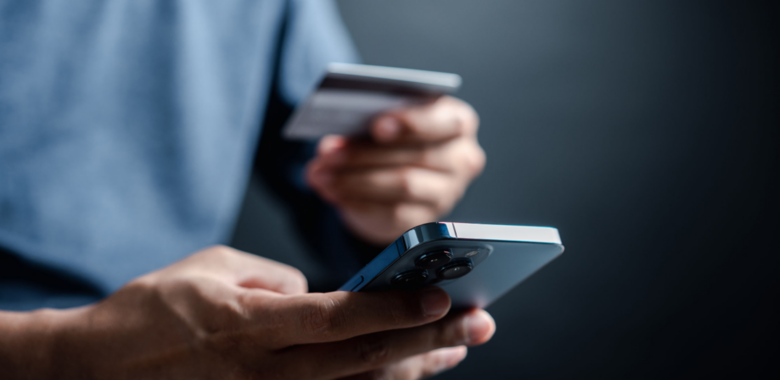Every year, more than three billion EMV payment cards are issued to either new cardholders or existing ones when their current card expires. That’s about 100 cards sent to customers every second, 24/7, all year long. Debit cards systematically come with a PIN code and many of the credit cards are issued with PINs too, which customers can use to make purchases online and in-person, at point-of-sale (PoS) terminals and at ATMs. For security reasons, PIN mailers are usually sent separately from the new card being issued. For millions of cardholders, this has been standard practice when applying for a new card or renewing your current bank card for years. But this staggered way of receiving and activating a new card is increasingly out of step with the expectations of digital-native consumers. We explore why this is an issue below, and how card issuers can turn this into an opportunity.
The challenges posed by delayed delivery.
From a user perspective, as thReducing EMV card activation abandonment: A race against the clocke PIN code is sent separately from their new card, cardholders sometimes have to wait days until they get the PIN mailer needed to activate it. This should be an immediate concern for those issuing the card – whether they are a bank, retailer or another organisation: any gap between cardholders applying for their new card and receiving it creates a risk that the customers change their minds.
Not all cards people apply for are a necessity. There are more than seven billion EMV payment cards currently in use worldwide. Most cardholders own between two to five payment cards – both debit and credit – although this often depends on where they live. That means most cardholders already have at least one card when they apply for a new one. New card applications, especially credit cards issued by retailers, are opportunistic decisions based on cashback or other benefits. If the new applicant needs to wait several days to receive the card, then one or two additional days to get the PIN code mailer, the risk of them abandoning the application is high.
How instant issuance can boost activation rates
Thankfully, advances in technology mean that the delay between application and activation is increasingly a thing of the past. With consumers more-and-more accustomed to the immediacy of digital services – from watching films on Netflix to making payments on their mobile banking app – card issuers can now bring customer expectations in line with other digital services.
Instant issuance enables financial institutions to deliver a bank card instantly, which can have a positive impact on new customer retention rates. According to the AITE group, innovations such as card instant issuance boost card activation rates by as much as a third (32% to be exact) in the U.S.
When paired with digital and instantaneous PIN delivery via the mobile banking app or website, the activation rate increases. In fact, the goal for all cards issuers should be to completely remove the time lag between application and activation, in line with other services.
Added benefits of instant issuance
Digital PIN delivery, however is far more than just a booster for card activation. It also protects both the issuer and its customer from lost or stolen PIN mailers. With seven billion cards in the field globally, assuming that 50% use a PIN code and that 1% of all their cardholders may forget their PIN code once a year, that could mean around 35 million ‘forgotten’ PIN codes every year.
The ability to recover a forgotten PIN code instantaneously via the bank mobile app or website is a great service that some banks are already able to monetise at about 1€ per recovery. This is yet another benefit of digital delivery compared to a physical PIN mailer.
Last but not least, receiving a PIN code digitally even just one day earlier than via a PIN mailer means one more day of transactions performed with the card. For a given issuer, the ability to trigger card usage sooner for all its new cardholders translates into a significant gain in the number of transactions made by their customer base – which is a big win for all parts of the ecosystem.
The bottom line is that Digital PIN delivery is a clear win-win for the card issuer and the cardholder, significantly reducing abandonment rates of new cards and bringing service delivery in line with consumer expectations. It can also have other positive effects on the wider value chain for the likes of retailers, who can benefit from the buzz of consumers enjoying their new cards quicker.



